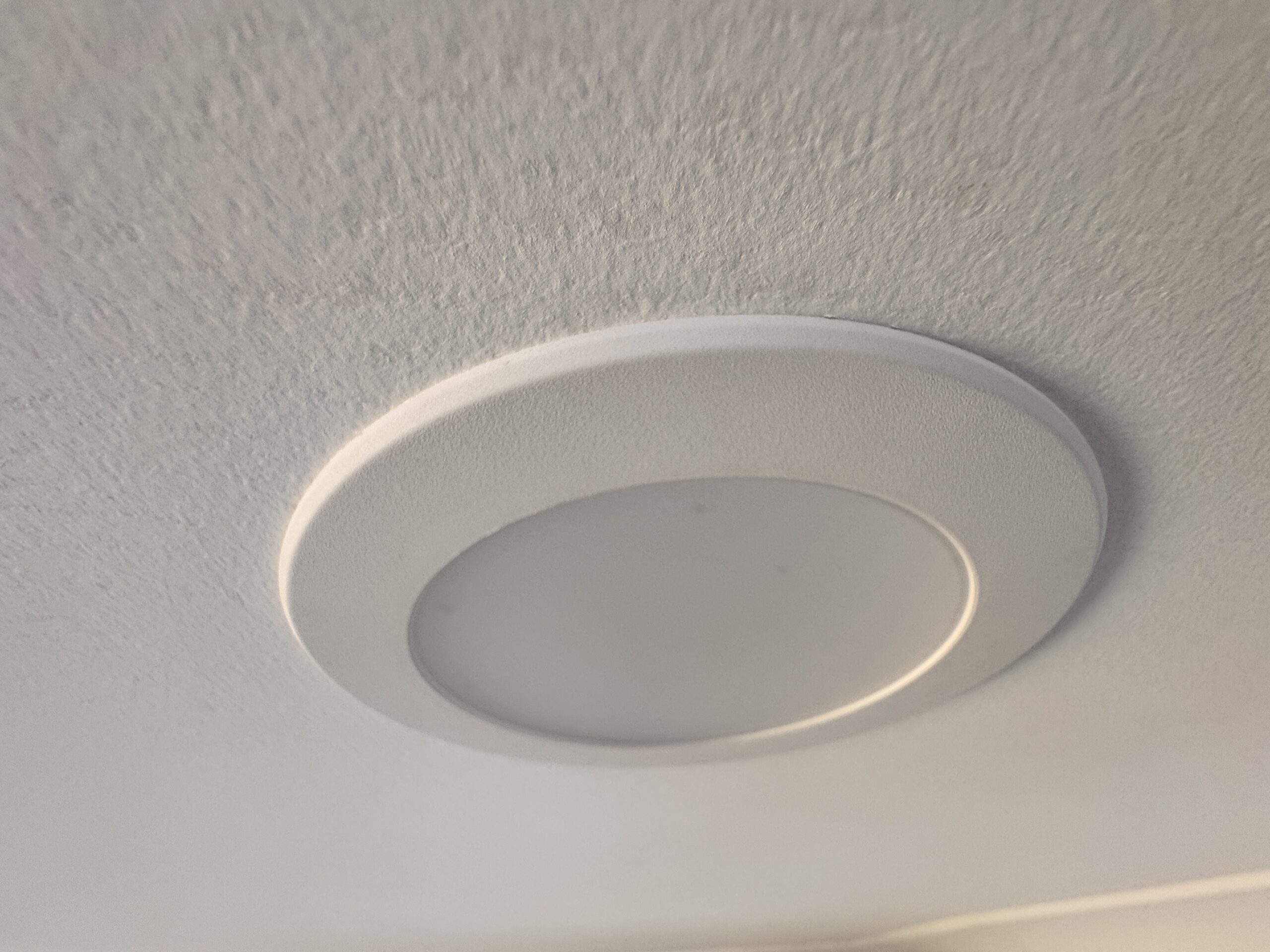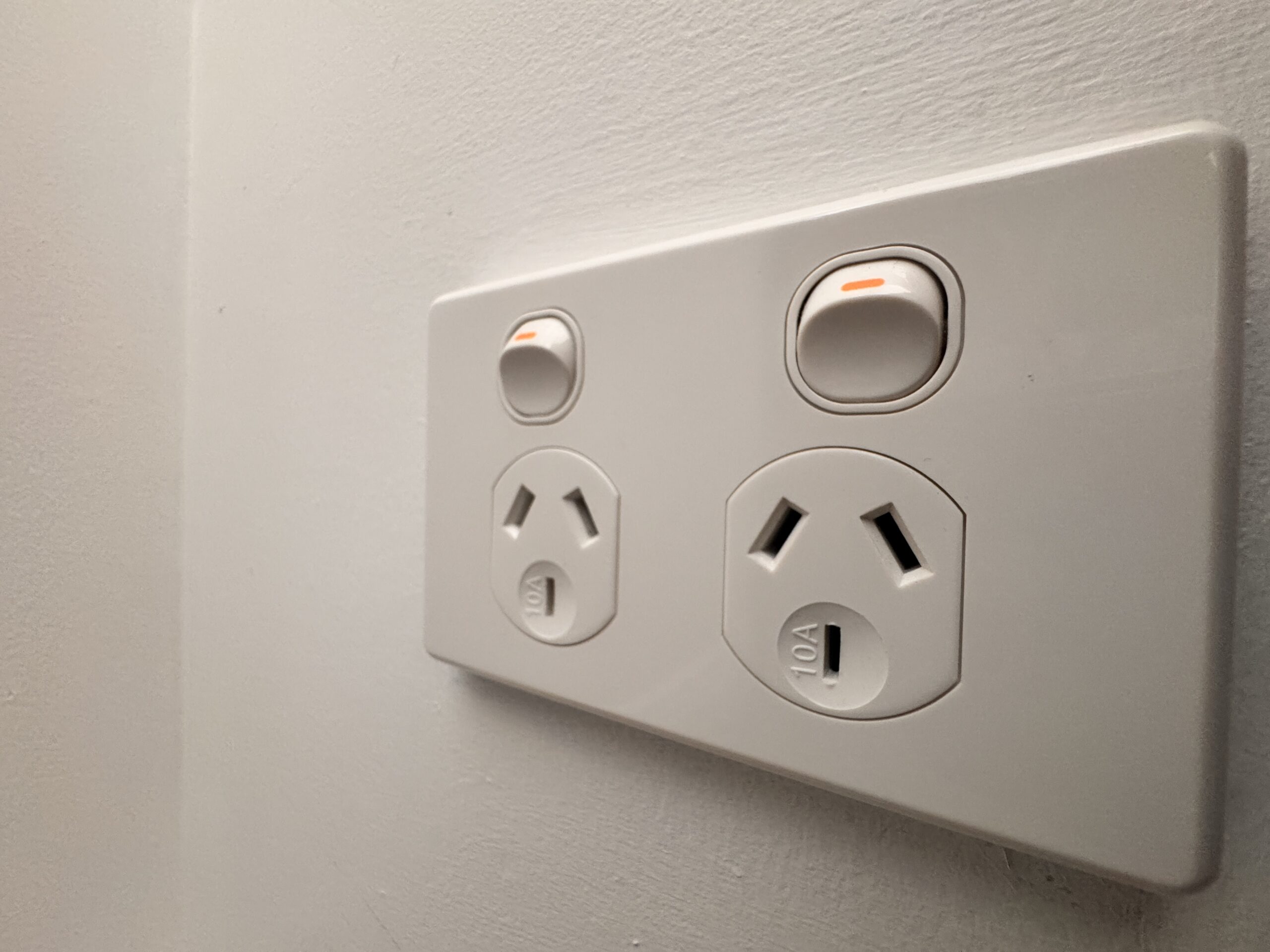LED Lighting
1. Energy Efficiency
LEDs consume significantly less energy than incandescent or fluorescent bulbs, leading to substantial cost savings. They convert a higher percentage of energy into light rather than heat, enhancing overall efficiency.
2. Extended Lifespan
LED bulbs have a remarkable operational life, often lasting between 30,000 to 50,000 hours or more. This longevity reduces the frequency and cost of replacements.
3. Durability
Constructed without filaments or glass enclosures, LEDs are resistant to breakage and can withstand vibrations and impacts, making them suitable for various environments.
4. Instant Illumination
LEDs achieve full brightness immediately upon being switched on, without the warm-up time associated with some traditional lighting technologies.
5. Environmental Benefits
LED lighting is environmentally friendly, as it consumes less energy, reducing greenhouse gas emissions. Additionally, LEDs do not contain hazardous materials like mercury, which are present in some other lighting options.
Incorporating LED lighting into homes and businesses not only enhances energy efficiency and reduces operational costs but also contributes positively to environmental sustainability.


Power Points
Power points, commonly known as electrical outlets, are essential components in every household, facilitating the connection of various appliances and devices. Whether you're considering replacing an existing power point or adding a new one, it's crucial to understand the processes involved and the challenges that may arise.
Replacing an Existing Power Point
Replacing a power point is generally straightforward for a licensed electrician. The typical steps include:
- Power Isolation: Ensuring the main power supply is turned off to prevent any electrical hazards.
- Removing the Existing Outlet: Unscrewing the cover plate and detaching the outlet from the wall.
- Inspecting Wiring: Checking the condition of existing wires to ensure they meet current safety standards. If the wiring is in good condition, it can be reused; otherwise, localized rewiring may be necessary.
- Installing the New Power Point: Connecting the new outlet to the existing wiring and securing it in place.
- Testing: Restoring power and testing the outlet to ensure proper functionality.
Adding a New Power Point
Installing a new power point involves more complexity, especially when the desired location is distant from existing wiring. Challenges include:
- Routing New Wiring: This may require drilling through structural elements like top plates and navigating confined spaces, which can be labor-intensive and time-consuming.
- Structural Considerations: Ensuring that drilling or modifications do not compromise the building's structural integrity.
- Compliance with Electrical Codes: Adhering to local regulations and standards to ensure safety and legality.
Due to these complexities, it's advisable to consult with a licensed electrician who can assess the feasibility and provide a safe installation.
Safety and Professional Assistance
Both replacing and adding power points should always be performed by qualified professionals to ensure compliance with Australian electrical standards and to maintain household safety. Attempting DIY electrical work can lead to serious hazards, including electrical shocks or fires.
In summary, while replacing an existing power point is relatively simple for a professional, adding a new one presents several challenges that require careful planning and expertise. Always engage licensed electricians for such tasks to ensure safe and compliant installations.
